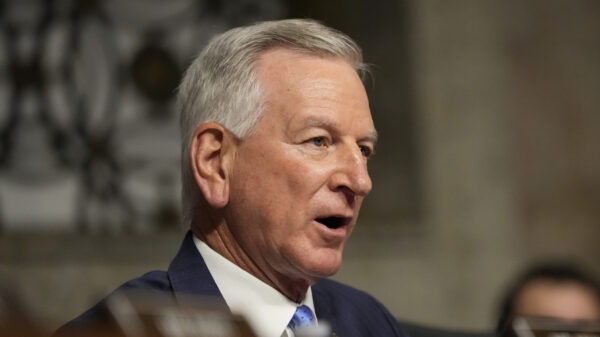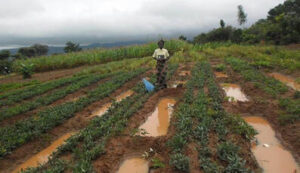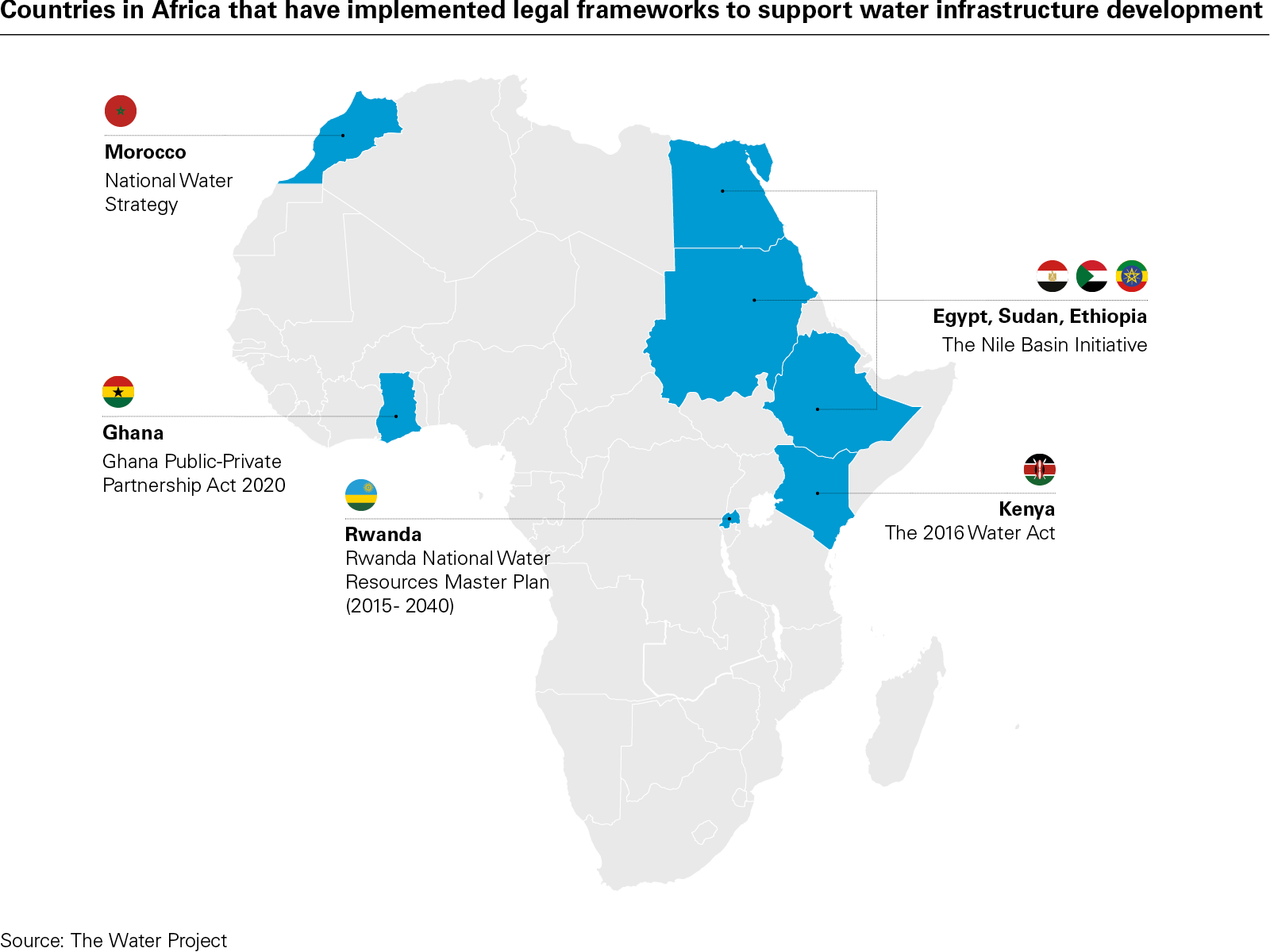Rep. Sewell announces $3M for Black Belt water infrastructure – Alabama Political Reporter

Report on Water Infrastructure Investment in Alabama’s Black Belt
Executive Summary
The Delta Regional Authority (DRA) has allocated nearly $3 million from its Community Infrastructure Fund to enhance water infrastructure in Alabama’s Black Belt. This investment targets critical needs in Perry County and the town of Carrollton, directly aligning with several United Nations Sustainable Development Goals (SDGs), most notably SDG 6 (Clean Water and Sanitation).
Funding Allocation and Beneficiaries
The investment is distributed between two key projects aimed at improving public health, economic vitality, and quality of life. The allocation is as follows:
- Perry County Water Authority: $2,000,000
- Town of Carrollton: Nearly $1,000,000
Alignment with Sustainable Development Goal 6: Clean Water and Sanitation
This initiative is a direct contribution to achieving SDG 6, which aims to “ensure availability and sustainable management of water and sanitation for all.” By upgrading outdated systems, the projects will provide residents with access to clean, safe, and reliable water, mitigating health risks and promoting public well-being. The investment focuses on building resilient infrastructure to guarantee long-term water security for these communities.
Project Details and Contribution to Further SDGs
The funded projects are designed to produce specific, measurable improvements that support a range of sustainable development objectives.
Perry County Water Authority Project
The $2 million investment will be used for substantial improvements to the water system in the Heiberger area. This project advances multiple SDGs:
- SDG 6 (Clean Water and Sanitation): Ensures a reliable and safe water supply, mitigating health and sanitation risks for residents.
- SDG 9 (Industry, Innovation, and Infrastructure): Reduces system water losses and lowers operational and maintenance costs, creating a more efficient and resilient infrastructure.
- SDG 11 (Sustainable Cities and Communities): Upgrades basic services essential for community sustainability and resilience.
Town of Carrollton Project
The nearly $1 million award will fund a water distribution system project. This initiative supports the following goals:
- SDG 6 (Clean Water and Sanitation): Improves water services for all residents and local businesses, ensuring equitable access.
- SDG 10 (Reduced Inequalities): Addresses infrastructure deficits in a targeted community, enhancing the overall quality of life and reducing service disparities.
- SDG 11 (Sustainable Cities and Communities): Strengthens foundational infrastructure, which is critical for the economic vitality and social well-being of the town.
Conclusion: A Partnership for Sustainable Development
The collaboration between federal entities like the Delta Regional Authority and local communities exemplifies SDG 17 (Partnerships for the Goals). This strategic investment in Alabama’s 7th Congressional District is a significant step toward addressing critical water and sewer needs. By focusing on foundational infrastructure, the initiative not only improves immediate living conditions but also lays the groundwork for long-term economic stability and sustainable community development in the Black Belt region, in line with the global 2030 Agenda for Sustainable Development.
SDGs Addressed in the Article
The issues discussed in the article, primarily focusing on infrastructure investment to improve water access in specific Alabama communities, are directly connected to several Sustainable Development Goals (SDGs).
-
SDG 6: Clean Water and Sanitation
This is the most prominent SDG in the article. The entire initiative is centered on improving water infrastructure to provide “access to clean, safe, and reliable water.” The funding is explicitly for making “major upgrades to their water supply” and improving “water services.”
-
SDG 9: Industry, Innovation and Infrastructure
The article details a significant investment in “critical infrastructure projects.” The funding from the Delta Regional Authority’s “Community Infrastructure Fund” is aimed at developing “quality, reliable, sustainable and resilient infrastructure” by improving the water distribution systems in Perry County and Carrollton.
-
SDG 10: Reduced Inequalities
The investment specifically targets Alabama’s “Black Belt,” a region known for facing historical disadvantages. By directing federal funds to this area, the initiative aims to address regional disparities in access to basic services, thereby promoting the inclusion and well-being of these communities.
-
SDG 11: Sustainable Cities and Communities
The projects aim to make the communities of Perry County and Carrollton more sustainable and improve the quality of life for their residents. The article states the goal is to ensure communities “have access to improved water supply and services” and to increase the “overall quality of life” for all residents and businesses, which is a core component of making communities inclusive and safe.
Specific SDG Targets Identified
Based on the article’s content, several specific targets under the aforementioned SDGs can be identified.
-
Target 6.1: Achieve universal and equitable access to safe and affordable drinking water for all.
The article directly supports this target by announcing funding to help communities “have access to clean, safe, and reliable water.” The project in Carrollton aims to “improve water services to all residents and businesses.”
-
Target 6.4: Substantially increase water-use efficiency across all sectors.
The project for the Perry County Water Authority explicitly aims to “reduce system water losses,” which is a direct measure of increasing water-use efficiency within the local water distribution system.
-
Target 9.1: Develop quality, reliable, sustainable and resilient infrastructure… with a focus on affordable and equitable access for all.
The investment of nearly $3 million is for “critical infrastructure projects” to create a “reliable water supply.” The focus on the Black Belt region highlights the goal of ensuring equitable access for communities that have been underserved.
-
Target 11.1: Ensure access for all to adequate, safe and affordable housing and basic services.
The projects are designed to improve a fundamental basic service—water supply. The article notes that the investments will ensure residents have access to “improved water supply and services,” directly contributing to this target by enhancing living standards and community well-being.
Indicators for Measuring Progress
The article implies several indicators that can be used to measure progress towards the identified targets, even if not explicitly stating the formal UN indicator codes.
-
Indicator for Target 6.1: Proportion of population using safely managed drinking water services.
While the article doesn’t provide baseline or target numbers, progress can be measured by tracking the number of residents in the Heiberger area of Perry County and the town of Carrollton who gain access to “clean, safe, and reliable water” as a result of the infrastructure upgrades.
-
Indicator for Target 6.4: Change in water-use efficiency.
The article provides a direct, measurable outcome for this indicator. The success of the Perry County project can be quantified by measuring the reduction in “system water losses” after the improvements are made.
-
Indicator for Target 9.1: Financial investment in infrastructure.
The article explicitly states the financial investment amounts: “$2 million” for the Perry County Water Authority and “nearly $1 million” for the town of Carrollton. These figures serve as a direct indicator of the financial commitment to developing and upgrading local infrastructure.
-
Indicator for Target 11.1: Proportion of population with access to basic services.
Progress can be measured by the number of households and businesses in Carrollton and Perry County that are connected to the improved water distribution system and benefit from more reliable service, thus increasing their “overall quality of life.”
Summary of SDGs, Targets, and Indicators
| SDGs | Targets | Indicators Identified in Article |
|---|---|---|
| SDG 6: Clean Water and Sanitation | 6.1: Achieve universal and equitable access to safe and affordable drinking water for all.
6.4: Substantially increase water-use efficiency. |
Number of residents in Perry County and Carrollton gaining access to “clean, safe, and reliable water.”
Measured reduction in “system water losses” in Perry County. |
| SDG 9: Industry, Innovation and Infrastructure | 9.1: Develop quality, reliable, sustainable and resilient infrastructure. | The financial investment of nearly $3 million in “critical infrastructure projects.” |
| SDG 10: Reduced Inequalities | 10.2: Empower and promote the social, economic and political inclusion of all. | The specific allocation of federal funds to address the needs of Alabama’s “Black Belt” region. |
| SDG 11: Sustainable Cities and Communities | 11.1: Ensure access for all to adequate, safe and affordable housing and basic services. | Number of residents and businesses with improved access to the basic service of water, leading to an increased “overall quality of life.” |
Source: alreporter.com

What is Your Reaction?
 Like
0
Like
0
 Dislike
0
Dislike
0
 Love
0
Love
0
 Funny
0
Funny
0
 Angry
0
Angry
0
 Sad
0
Sad
0
 Wow
0
Wow
0














































































